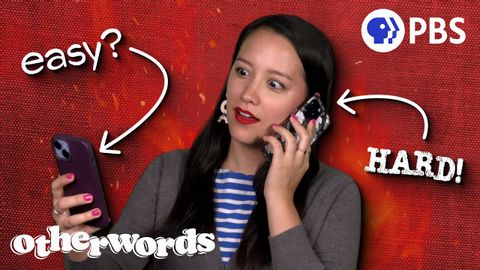你是哪一派?為什麼傳簡訊跟講電話的感覺會如此不同?(Why Does Texting Feel Different from Talking? | Otherwords)
 沒有此條件下的單字
沒有此條件下的單字US /ˈkɑnˌtɛkst/
・
UK /ˈkɒntekst/
- n. (c./u.)上下文 ; 背景 ; 來龍去脈;背景;環境;語境
US /ˌkɑnvɚˈseʃən/
・
UK /ˌkɒnvəˈseɪʃn/
US /ɪkˈsprɛs/
・
UK /ɪk'spres/
- v.t.快運;快遞;表達
- adj.快運的;快遞的;高速的;明確的;快速的
- n.快線;快遞
US /'sepəreɪt/
・
UK /'sepəreɪt/
- adj.不同的;個別的
- v.t.分開;使分離
- v.i.(夫妻)分居
